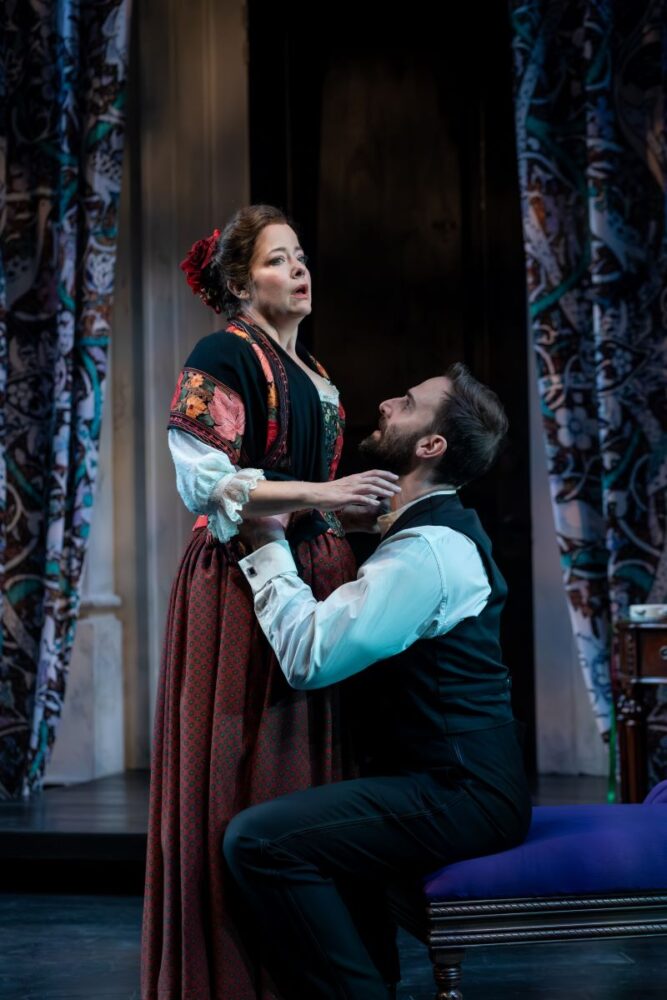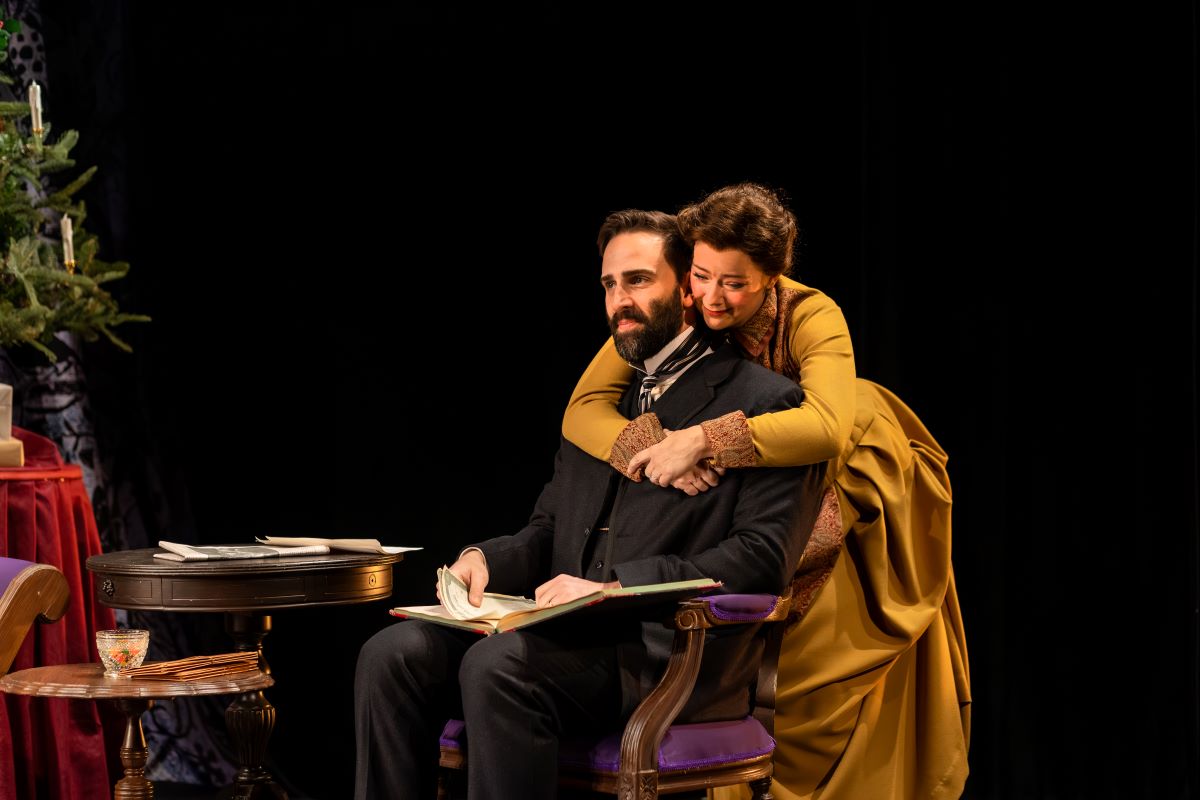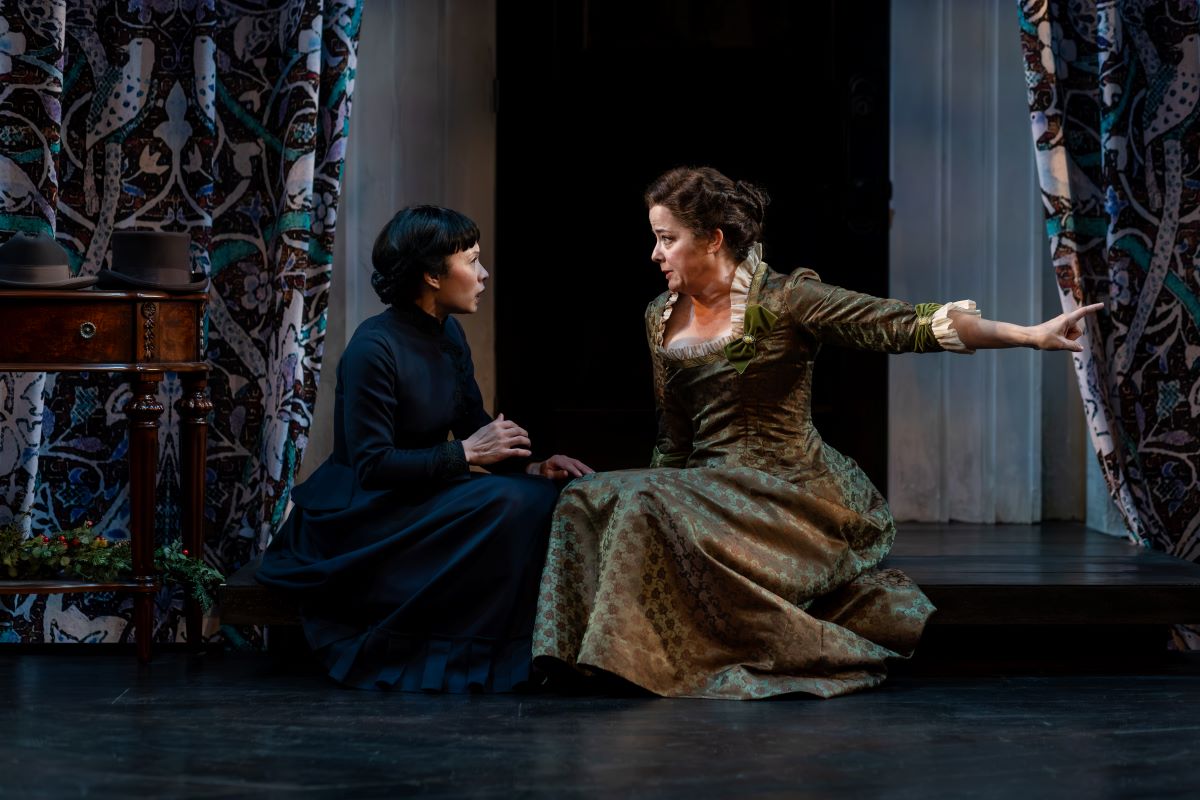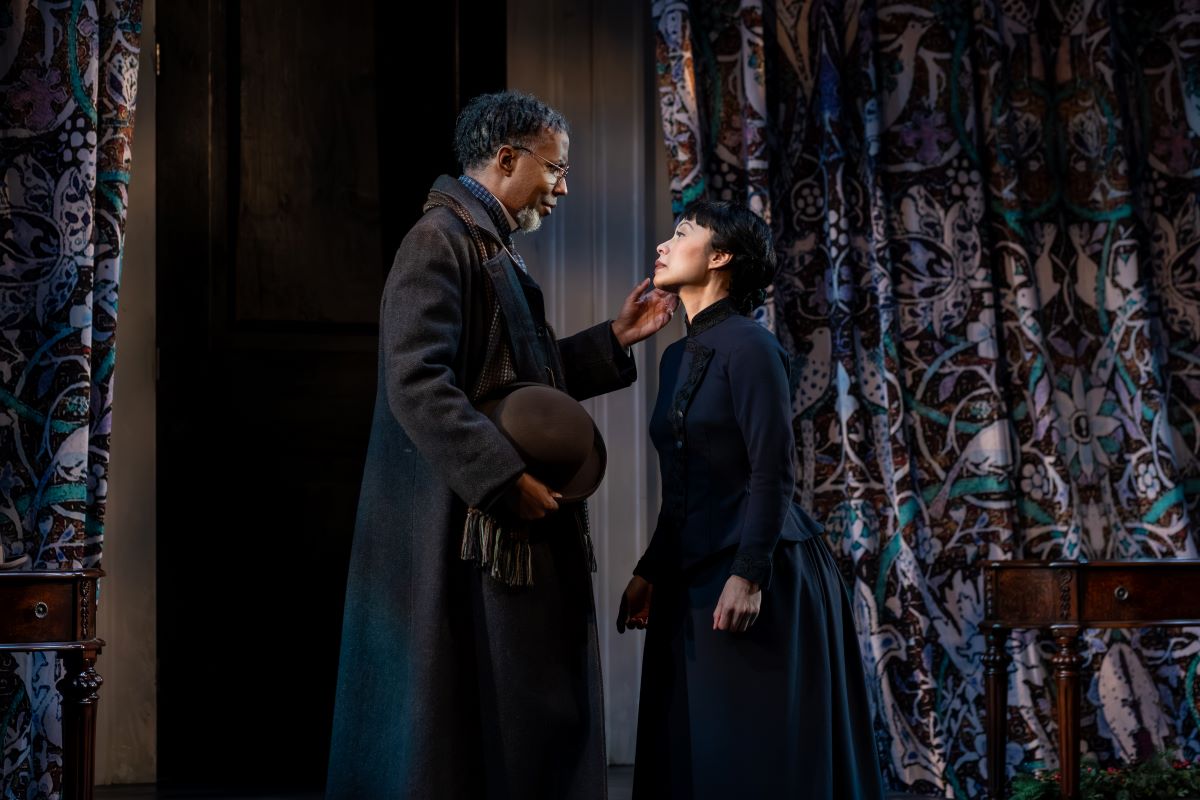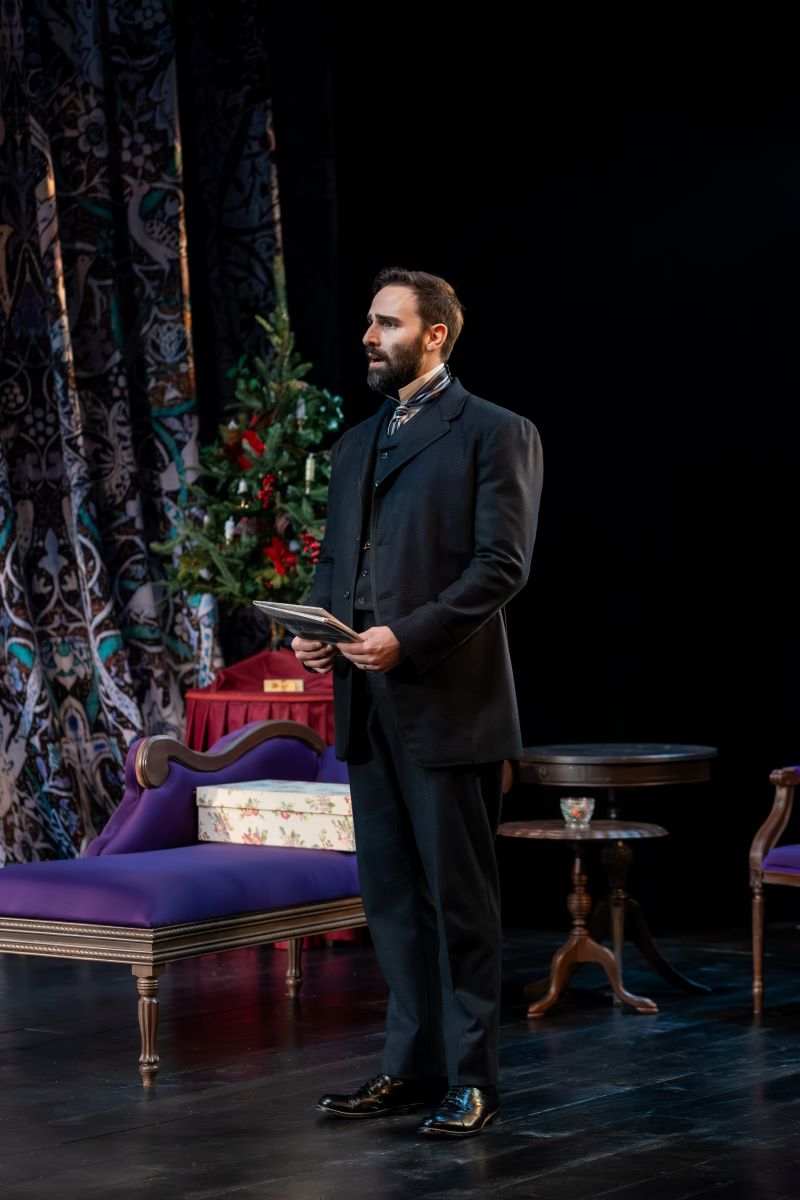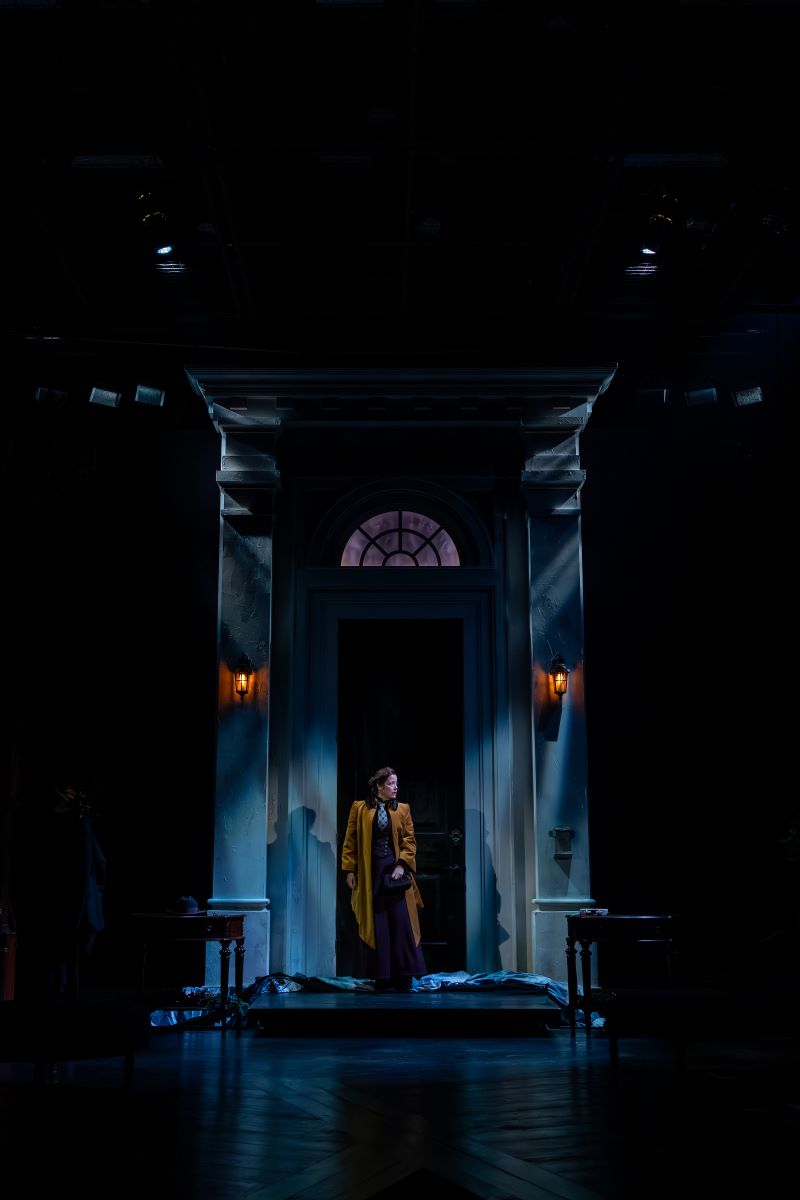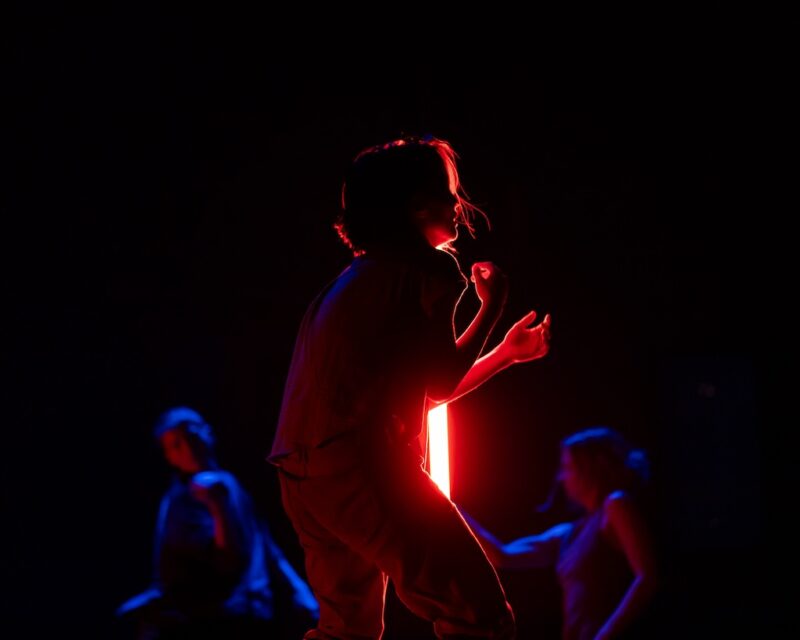Everyman has been kind to Henrik Ibsen—or Ibsen has been kind to Everyman. This writer remembers with pleasure Deborah Hazlett’s just-over-the-the hill Hedda Gabler in 2003 and the company’s lavish—and harrowing—production of Ghosts in 2015.
This season, Everyman leads off with an innovative staging of A Doll’s House, the play for which Ibsen is best known. A Doll’s House, or more accurately, “A Doll Home,” premiered in Copenhagen, in December, 1879. Within a year there were productions all over Europe; A Doll’s House is still playing all over the world.
Discussions of A Doll’s House usually turn on whether the play is about the emancipation of women or about individual freedom in general. The first view leads to the portrayal of Nora Helmer as the plaything of her domineering husband, Torvald, and her cynical father. (Nora was Torvald’s reward for covering up her father’s misuse of public funds.) All is well until Nora forges a will in order to borrow money to take Torvald abroad for his health. When Torvald learns of the scheme, he threatens to disown Nora. The danger passes, but Nora, hurt and disillusioned, denounces Torvald for exploiting her and leaves him to seek her true identity.
This production, an adaption by Joanie Schultz, who also directed, takes the other view, that the play is about the way that social conventions limit honest communication and distort behavior. Both Nora and Torvald have been thoughtlessly playing out their social roles until the exposure of Nora’s forgery, for all of her good intentions, shatters the scaffolding supporting their lives.
Nora, her trust in Torvald gone, has no option but to return to an uncertain welcome from her family. Her departure leaves Torvald with three small children on his hands and his future at the bank in doubt. For that reason Ibsen referred to A Doll’s House as “the tragedy of contemporary life” in his notes.


